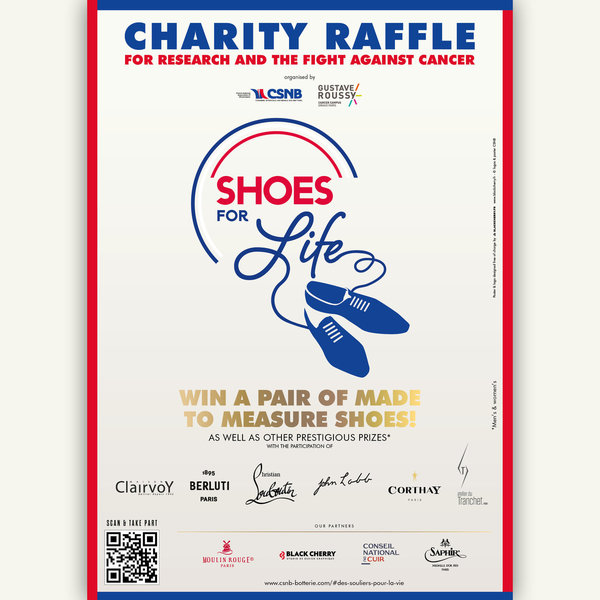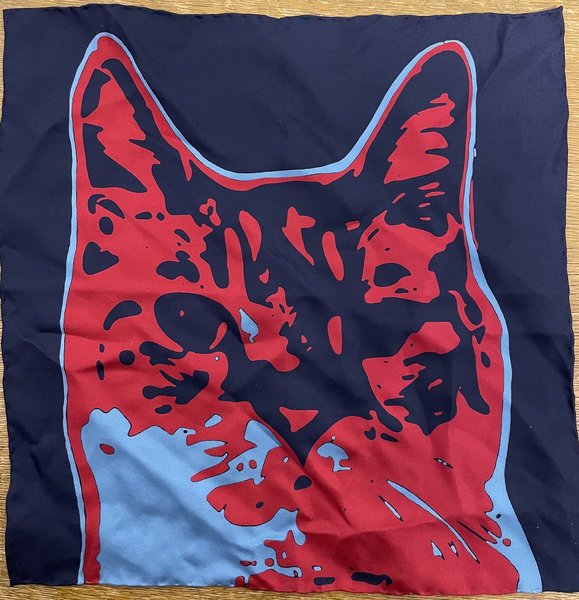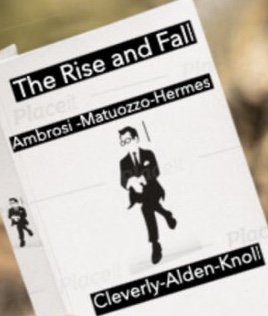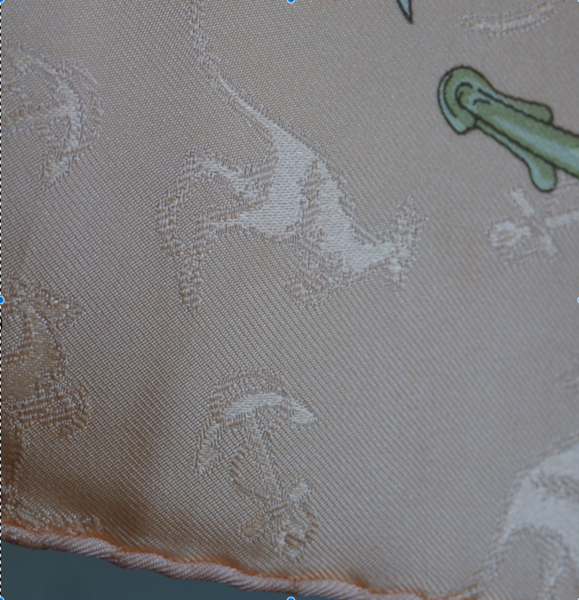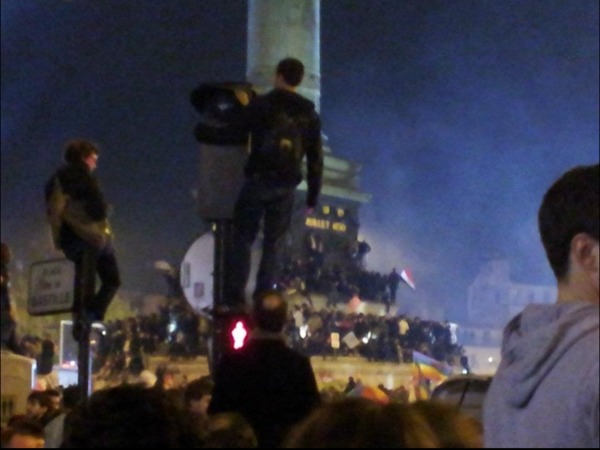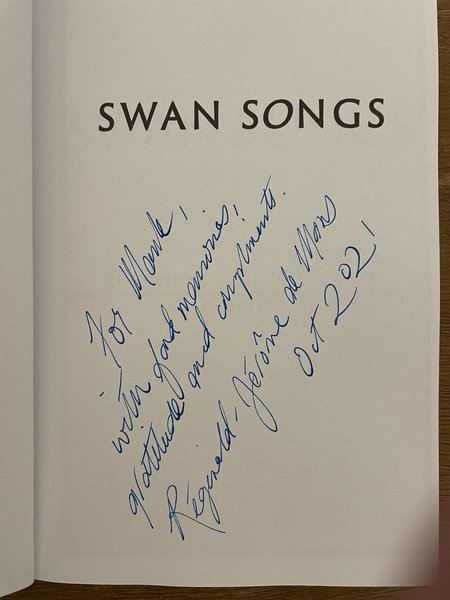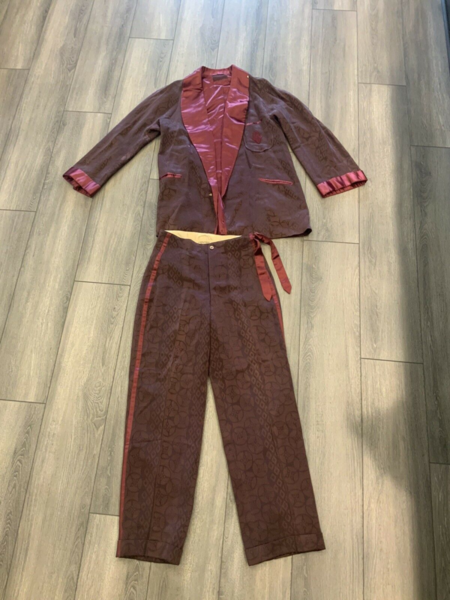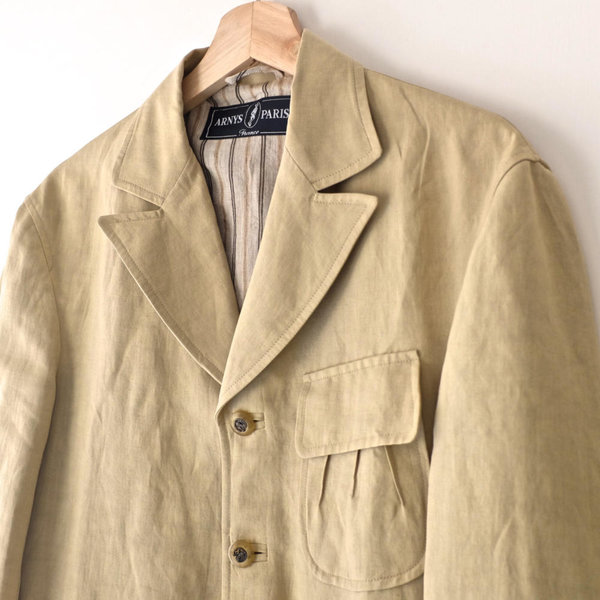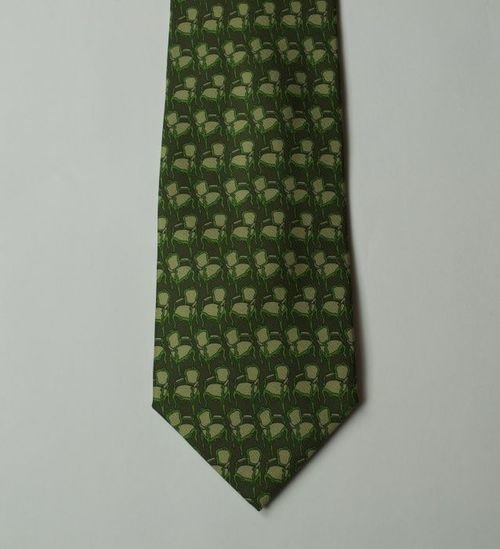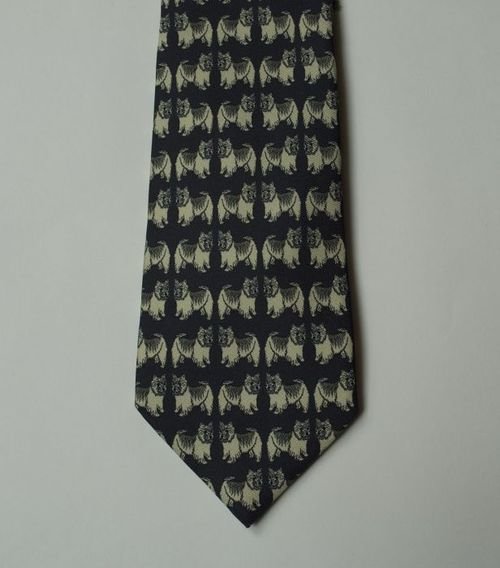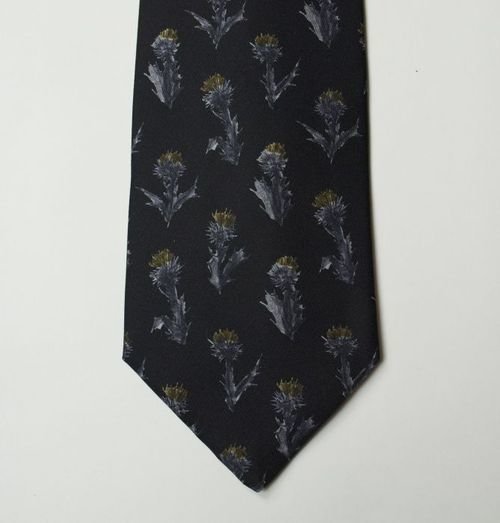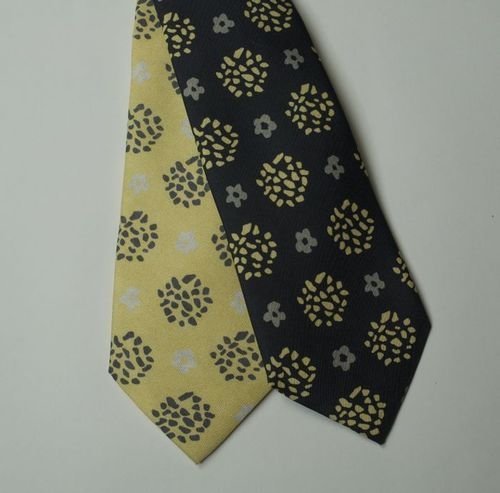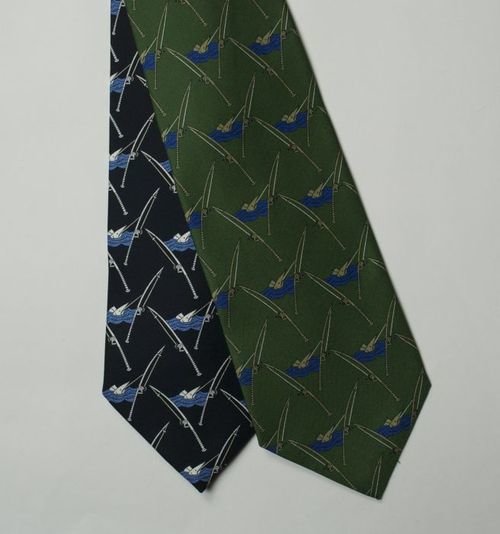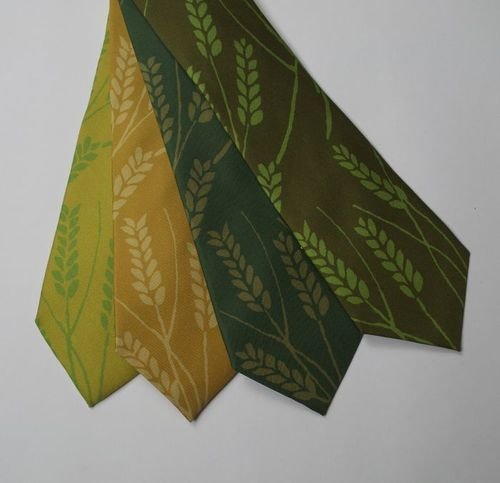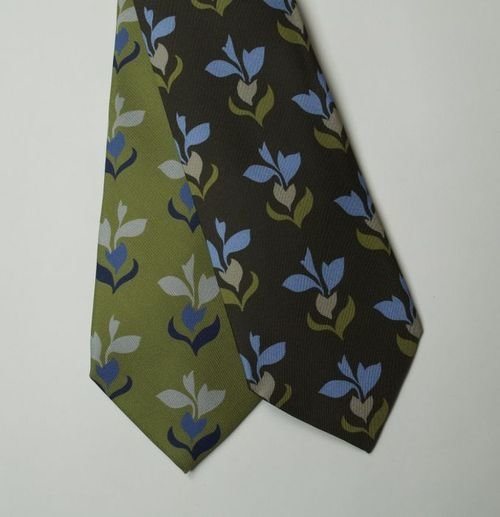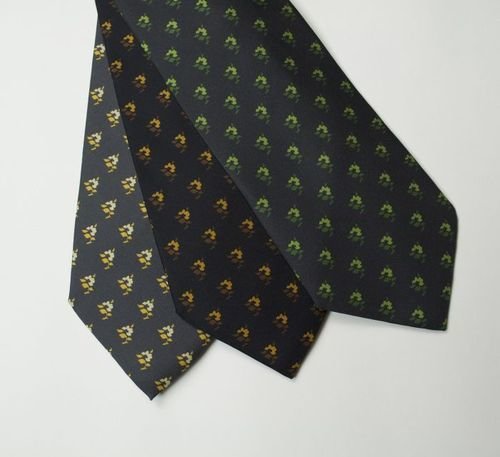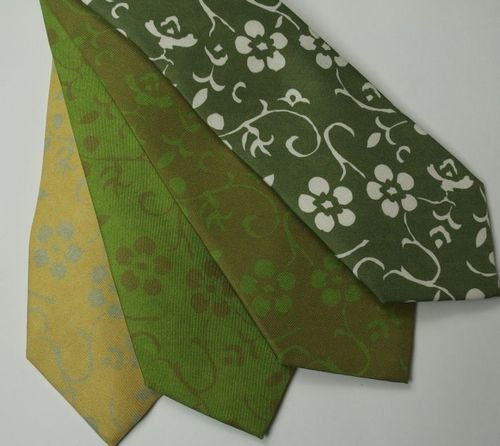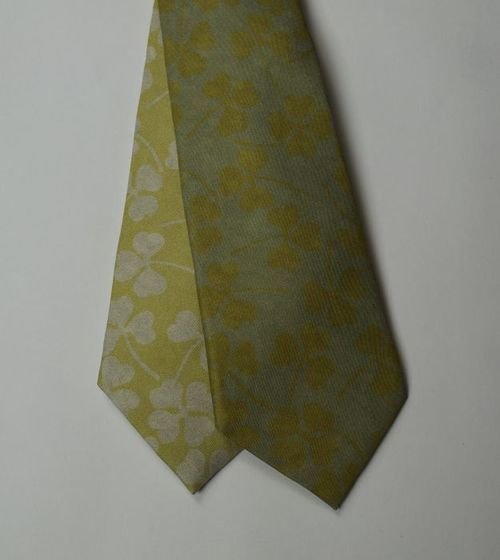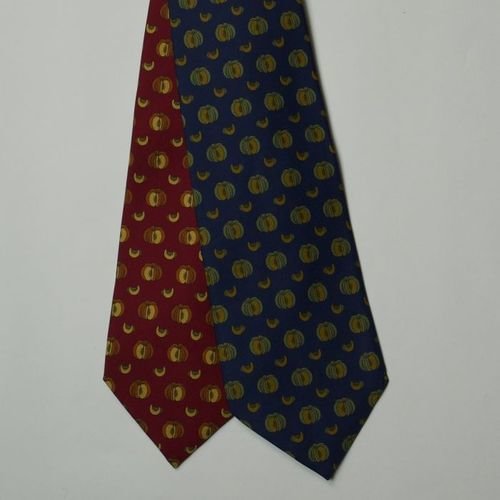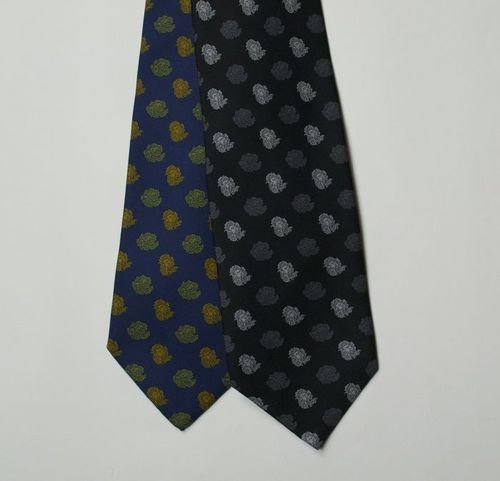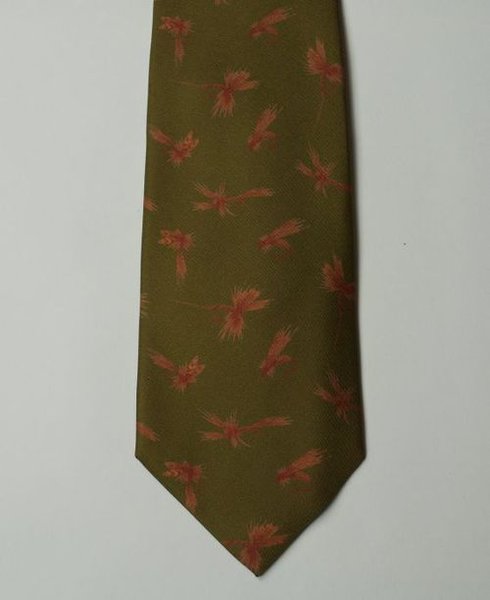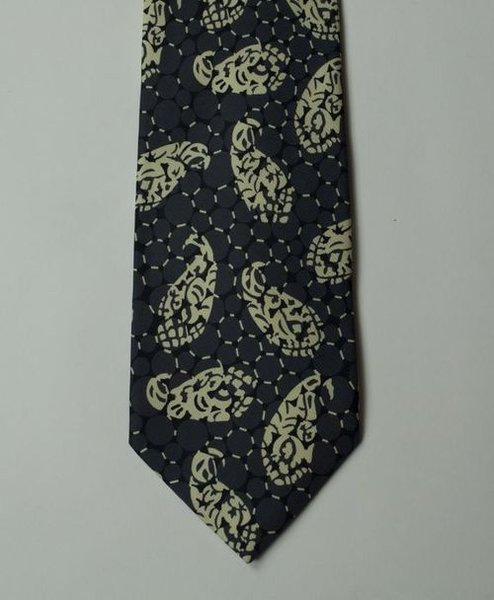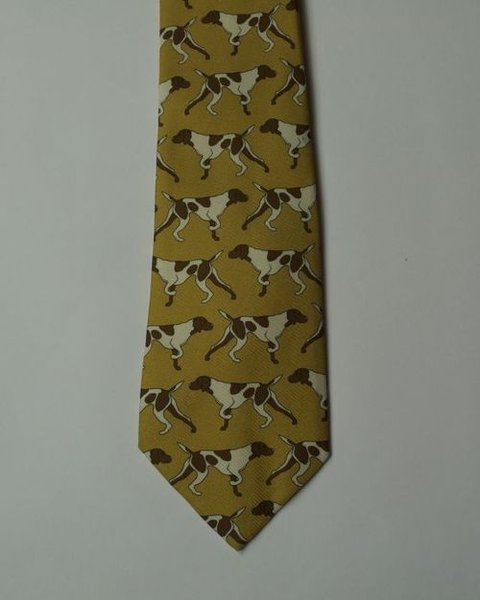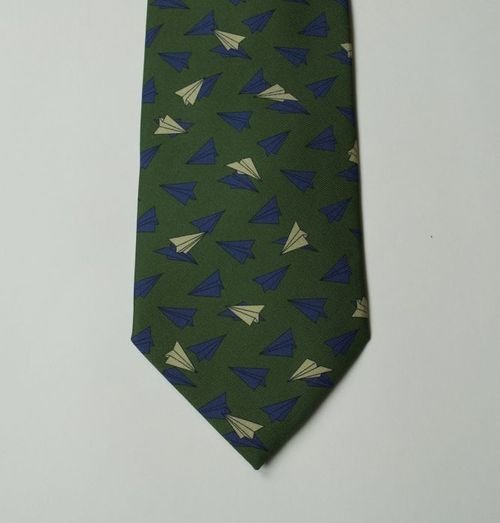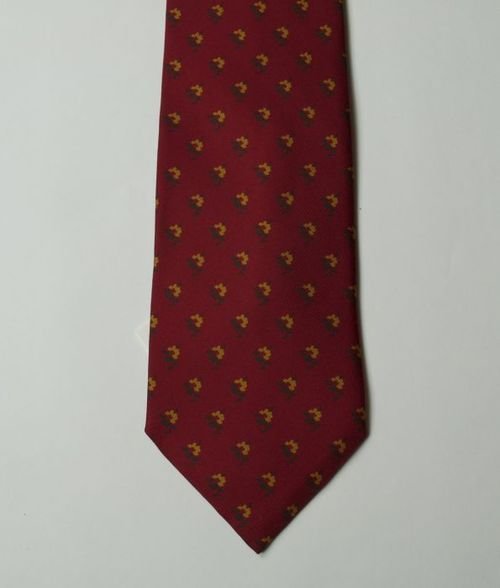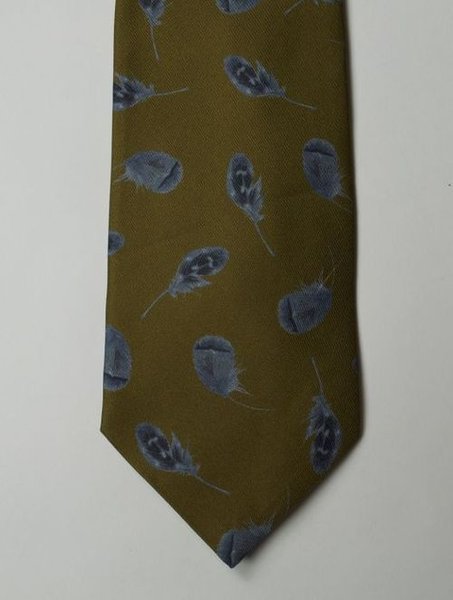- Joined
- Apr 10, 2011
- Messages
- 27,320
- Reaction score
- 69,987
Almost seven years ago to this day, @FlyingMonkey started a thread titled "So Long, A Suitable Wardrobe." It was about how ASW was slated to close. At the time, Will said that the site would change, not permanently close, but plans didn't work out and the relaunch under The Hanger Project never really took off.
Like many people here, I was saddened when the site died, as Will is one of my favorite writers. I also really enjoyed reading @RJman, who was a regular contributor to the site. His posts were excellent -- always clear-eyed, but never dry. In many of his posts, you got a sense of his nostalgic longing for a menswear past that he thought was better.
Recently, RJ published a book about just that. Swan Songs is about Parisian makers and sellers of beautiful things that, over time, have become inaccessible either through closure or cosmically expanding prices. Some of the names in the book will be familiar, but many not well discussed. Included are Charvet, Arnys, Sulka, Old England, Marc de Luca, Anthony Delos, Hilditch & Key Paris, and others.
It's one of the best books on classic men's style that I've ever read (there's also an introduction by Voxsartoria). For one, it's about a side of CM not often discussed: Parisian menswear. In some ways, this is to Parisian menswear what David Marx's book Amatora is for "Japanese Americana." Second, even if you don't have much interest in Parisian menswear, the book is wonderful. Many of the stories about how these makers have been closed or swallowed up whole will be uncomfortably familiar in whatever section of menswear you enjoy. The last chapter is also about how small stores might survive in this increasingly globalized, commodified age. (An aside, I like that the book is not strictly declinist, as RJ gets into Parsian makers he likes at the end, including some new names).
Most of all, I love how RJ rides the line, as he did at ASW, between reporting and romanticizing. Nothing in the book is ever exaggerated. I love how he describes the hand-stitching on Arny's ties as "performative" and sweeps away with the rationalizations some give for buying expensive shoes. Yet, he also doesn't lose sight of what makes all of this enjoyable: the romance, the feeling, the joy of wearing beautiful clothes. If you've ever read an RJ article, you know what I mean.
I want to start a discussion thread here for the book, as there are many topics to explore.
With RJ's permission, I will post an excerpt from his chapter on Arnys. It won't be the entire chapter (too long for a Styfo post anyway). We can use that for a jumping-off point or discuss other chapters. In the meantime, here's a link to the book for those looking
Like many people here, I was saddened when the site died, as Will is one of my favorite writers. I also really enjoyed reading @RJman, who was a regular contributor to the site. His posts were excellent -- always clear-eyed, but never dry. In many of his posts, you got a sense of his nostalgic longing for a menswear past that he thought was better.
Recently, RJ published a book about just that. Swan Songs is about Parisian makers and sellers of beautiful things that, over time, have become inaccessible either through closure or cosmically expanding prices. Some of the names in the book will be familiar, but many not well discussed. Included are Charvet, Arnys, Sulka, Old England, Marc de Luca, Anthony Delos, Hilditch & Key Paris, and others.
It's one of the best books on classic men's style that I've ever read (there's also an introduction by Voxsartoria). For one, it's about a side of CM not often discussed: Parisian menswear. In some ways, this is to Parisian menswear what David Marx's book Amatora is for "Japanese Americana." Second, even if you don't have much interest in Parisian menswear, the book is wonderful. Many of the stories about how these makers have been closed or swallowed up whole will be uncomfortably familiar in whatever section of menswear you enjoy. The last chapter is also about how small stores might survive in this increasingly globalized, commodified age. (An aside, I like that the book is not strictly declinist, as RJ gets into Parsian makers he likes at the end, including some new names).
Most of all, I love how RJ rides the line, as he did at ASW, between reporting and romanticizing. Nothing in the book is ever exaggerated. I love how he describes the hand-stitching on Arny's ties as "performative" and sweeps away with the rationalizations some give for buying expensive shoes. Yet, he also doesn't lose sight of what makes all of this enjoyable: the romance, the feeling, the joy of wearing beautiful clothes. If you've ever read an RJ article, you know what I mean.
I want to start a discussion thread here for the book, as there are many topics to explore.
With RJ's permission, I will post an excerpt from his chapter on Arnys. It won't be the entire chapter (too long for a Styfo post anyway). We can use that for a jumping-off point or discuss other chapters. In the meantime, here's a link to the book for those looking


